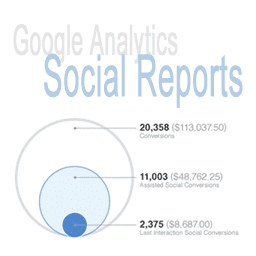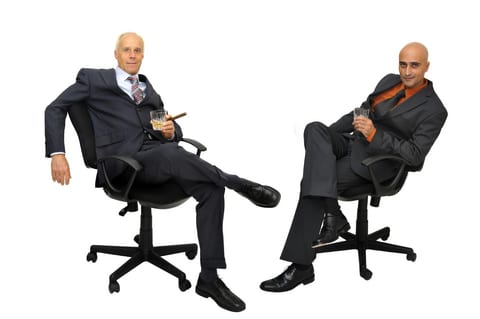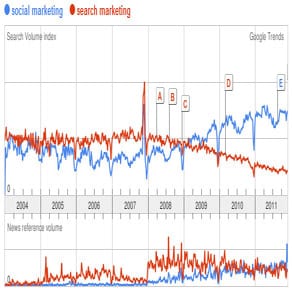Our world has gotten less and less good at listening
4thWEB curated content from Innovation By Design
By Mark Wilson (see full article)
That’s Fred Dust, a partner at Ideo, talking, and he’s walking us through a new idea that the influential design consultancy has been developing called Creative Listening.
Among 30 attendees from our Innovation by Design Conference, I sit inside an expansive stretch of unadorned brick walls and wood floors inside Ideo’s New York studio. It seems the space has been staged as a tabula rasa–maybe for the benefit of our presentation, maybe for the protection of Ideo’s Fortune 500 clients who could have had any and all manner of corporate IP wallpapering this room a day earlier.
“Much of your life is trying to tune out the world as much as possible,” Dust continues. “That’s actually a lost opportunity in terms of design.”

In front of us sits Ideo’s first stab at a solution called the Creative Listening Toolkit, a vibrant collection of paper pamphlets that have been illustrated with a Sharpie. Each is labeled with words like Intuition, Interpretation, and Inspiration, like a collection of workouts to develop what Dust calls “better listening muscles.” With better listening muscles, we will not just have the ability to be more sensitive or recall what someone has said, but to mine and apply their thoughts to our own lives and projects, he says.
For Ideo, the Toolkit serves a practical purpose. It enables Ideo researchers, who perform countless interviews, to discover meaningful threads that inform a client’s experiences and products.

I and the other attendees take the Toolkit for a spin. Dust and his colleague who created the Tookit, senior design researcher Nili Metuki, tell us to open the red Inspiration book called “Fuel from a Different Fire.” Inside, there are two cartoon bubbles. In the first, we’re asked to list a couple of things we’re thinking about. I jot down “Video Series” “Babyproofing,” and “Innovation By Design Panel”–a somewhat random assortment of professional and domestic concerns. To fill in the second bubble, we’ll need to start listening and take notes.

The Ideo pair starts playing recordings of customers complaining about their experiences with cable–think stories of installers who never show up and clueless customer service reps. I’m not sure what I should pull from this. I mean, I’m not a global design consultancy working on a project for an undisclosed cable provider. But the Toolkit prompts me to “try to jot down things you find intriguing, quirky, curious, or otherwise inspiring.” And so I really home in on the clips. One person talks about how all of these expensive upgrades in cable had become necessities. The next person laments that his service seems to get worse and worse.
In the second bubble, I write “Options become necessities. Necessities become worse.” In that moment, I believe that I’ve just summarized the entire grind of the human-consumer experience.
At the end of the recording, people in the room start sharing what they wrote down. Everyone has some observation that’s equally grand in scope, but eventually the room seemed to settle on another idea: These complaints weren’t about cable outages and mistimed refunds. They were about people’s need to connect with one another, and the frustrations that result when that core human need is unfulfilled. I find myself nodding along. Inside the hallowed walls of Ideo, it’s impossible not to nod along.
“Inside the hallowed walls of Ideo, it’s impossible not to nod along.”
Then we’re pointed back to the Toolkit. Unfolding the booklet, we’re supposed to combine that first bubble, which listed our thoughts and inspirations, with things we heard and wrote in that second bubble, to create “explosions” of thought. I think and I think, and eureka! I combine my need to babyproof with the idea that options become necessities. I scribble in a fervor: “Why isn’t the world babyproofed already?!?”
But before I even finish writing it out, I picture a home without brick, metal, or glass, in which everything you see is Playskool-approved curved rubber and plastic. I realize my idea is a dud.
I haven’t attempted to creatively listen in my day-to-day conversations since. (Listening takes enough work for me as it is.) And my instincts tell me that we already tend to filter what other people say through our own, personal concerns–maybe too much. But a handful of people I spoke to said they got a lot from the experience. And it’s hard to be too skeptical of a methodology that suggests we expend more energy opening ourselves up to the words of other people, isn’t it?





